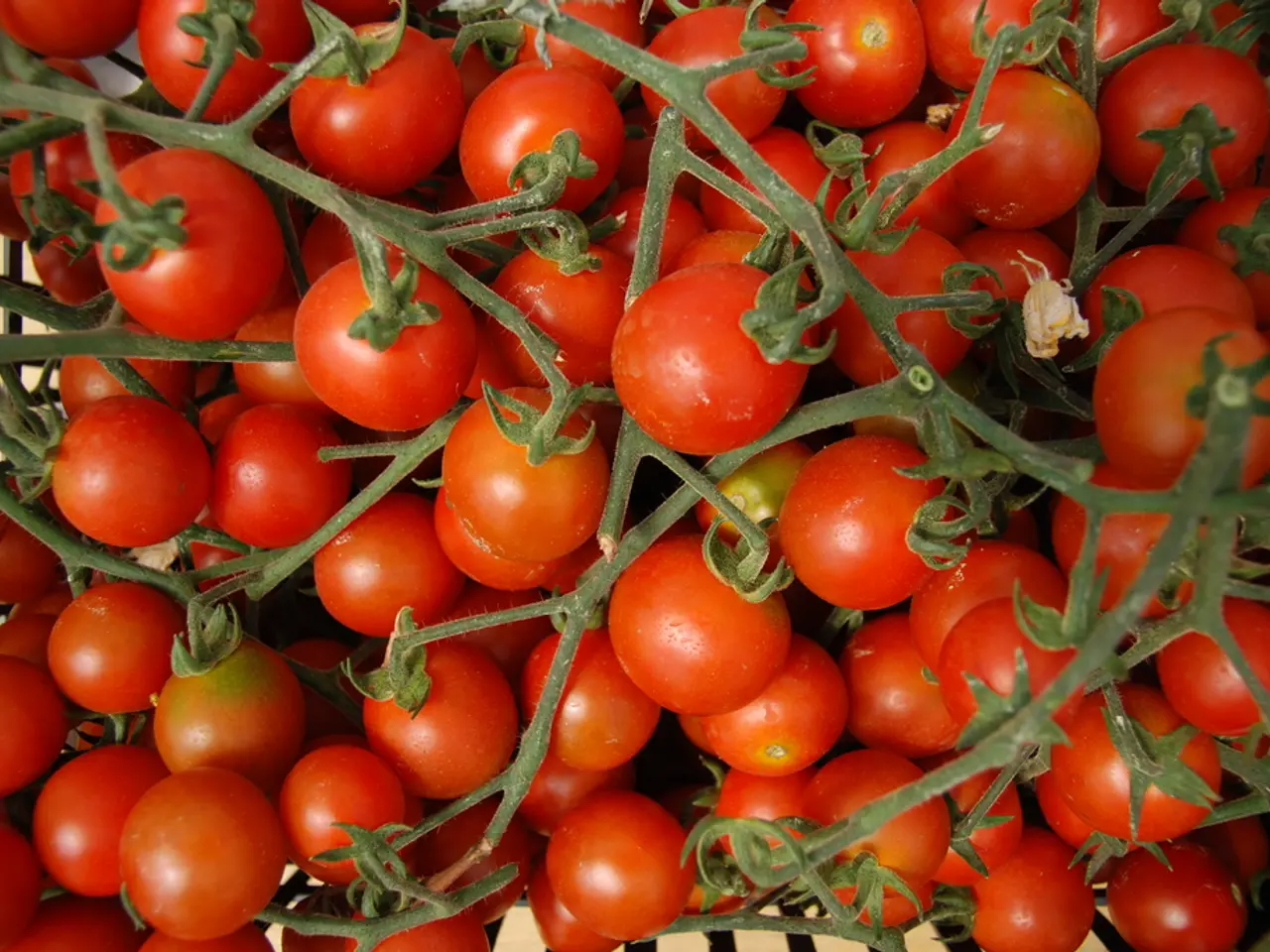Ohio Tomato Planting Times: Best Periods and Advice for Successful Cultivation
In the world of gardening, tomatoes are a favourite for many. With the right knowledge and care, you can grow delicious, juicy tomatoes right in your own backyard. Today, we're diving into some expert tips from Larry Meyers, a seasoned gardening expert with over a decade of experience.
Meyers aims to share his knowledge and create a one-stop shop for all things gardening. One of his key pieces of advice is understanding the soil preferences of tomatoes. Ideally, tomatoes thrive in slightly acidic soil, with a pH of 6.2 to 6.8. To prepare the soil, Meyers suggests using well-drained soil rich in organic matter. Adding compost can further enhance soil quality and provide essential nutrients.
When it comes to selecting tomato varieties, disease resistance is crucial. Tomatoes are susceptible to root rot and fungal infections, so choosing resistant varieties is essential. For example, indeterminate varieties like Beefsteak and Cherokee Purple provide a consistent harvest throughout the season. Determinate varieties such as Celebrity and Roma are ideal for canning and batch harvesting.
As for planting, the best time to plant tomatoes in Ohio is in late May or early June, after the risk of frost has passed. Starting seeds indoors 6-8 weeks before the last frost date gives a head start for transplanting by late May. Proper spacing is also important to allow for good air circulation and prevent disease. Tomato plants should be spaced 24-36 inches apart.
Watering tomatoes consistently is key, delivering approximately 2 inches of water per week. During hot spells in July, using mulch prevents soil from drying out and keeps roots cool. Common mulching materials include straw or shredded leaves. Mulching around tomato plants helps retain moisture and suppress weeds.
Row covers can also be beneficial, particularly in northern areas, to protect young plants from late frost. However, Meyers warns against over-fertilizing with nitrogen, as this can lead to lush foliage but fewer tomatoes. Instead, fertilization should be balanced initially, then switch to a formula higher in phosphorus and potassium as plants start flowering.
Lastly, proper air circulation is important to prevent disease. Avoid overhead watering, as this can lead to wet leaves and increased disease risk. Instead, water at the base of the plants. For Zone 5 and Zone 6 gardeners, varieties like Sungold and Sweet Million are known to flourish well.
Unfortunately, we don't have information on Meyers' home region. Regardless, his expert advice is applicable to gardeners worldwide, helping them grow healthy, delicious tomatoes in their own gardens. Happy gardening!








